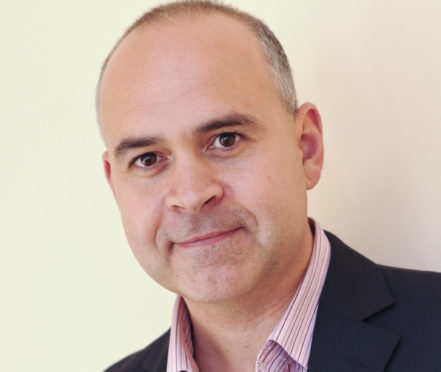From early childhood, most of us are encouraged not to be selfish and to consider others, whether they are family members, friends or colleagues.
However, rarely are we taught how to ensure we have the energy to do that. Without taking care of ourselves, we can simply run out of steam and lose the capacity to look after others.
So to mark Self-care Awareness week (12-18th November) it is fitting to outline why mental health practitioners consider self-care is so important for every single one of us.
Let’s take a closer look at the terminology here: being selfish in a negative sense involves putting yourself first to the detriment of others. On the other hand, self-care means to actively do something to sustain or improve your mental, emotional or physical health.
This is something all of us can incorporate into our daily lives no matter what we do for a living. So, how do you go about it?
Generally speaking, taking care of yourself could mean anything from setting aside time to read a book, meeting friends you haven’t caught up with for a long time, spending Sunday morning pottering in the garden to taking your motorbike for a spin. Key to determining what works for you is to figure out what energises you and choosing a way of self-care that builds you up rather than draining you.
Before you rush into an activity at this point, though, it’s just as important to look at your current lifestyle. If you are a professional who is used to being busy all the time and potentially getting close to exhaustion on a regular basis, then fitting another activity into your schedule achieves the opposite of self-care. Instead, your self-care routine might be about slowing down.
Consider this: does the house need to be spotless or can you leave a bit of mess and instead enjoy the view from the window with a cup of tea before the rest of the family wakes up? Many of us have a (mental) list of things that we’d love to do or simply do more of but seem to be too busy to get around to. What’s on your list? Which steps can you take to turn some of those ideas into reality.
If you can’t think of anything right now, start with a ‘no list’, writing down things you would like to stop doing. Checking work emails after hours and on weekends could be one of the obvious things on that list. And whilst it may not be possible to go from checking all the time to not checking at all, one way would be to set aside one hour for after-work work, but stop after that.
Taking care of yourself is not about indulging yourself, but about preserving yourself. It is what will enable you to care about others in the long term and achieve what really matters to you.
Professor Ewan Gillon is a Chartered Psychologist and Clinical Director for First Psychology Scotland with centers in Aberdeen, Inverness, Perth, Dundee, Edinburgh, Glasgow and Borders.
